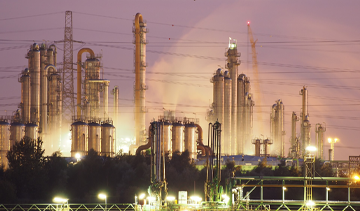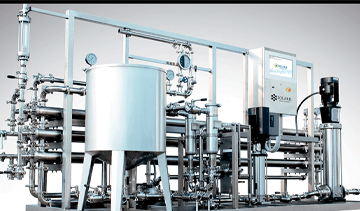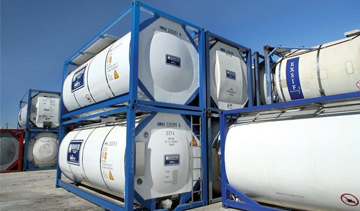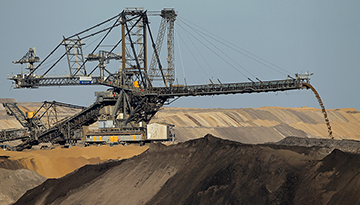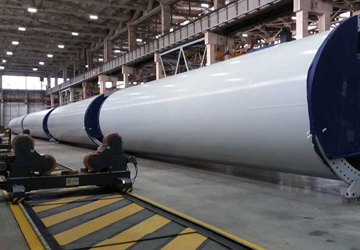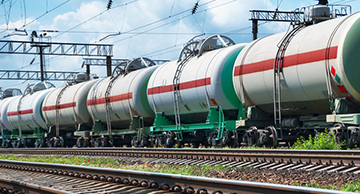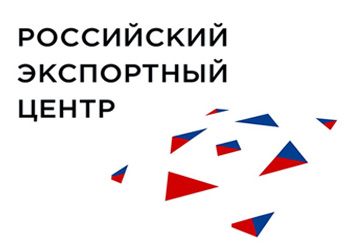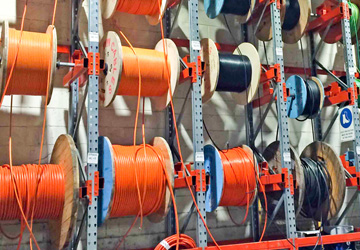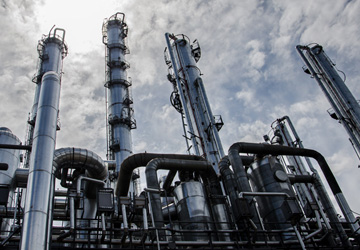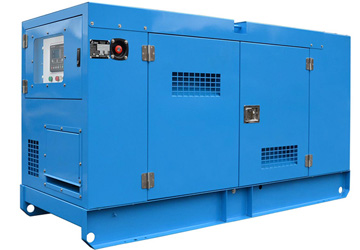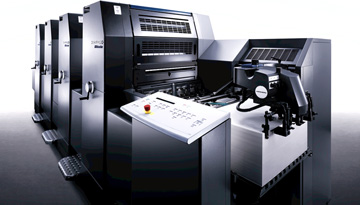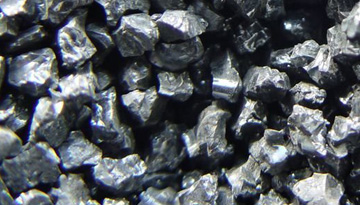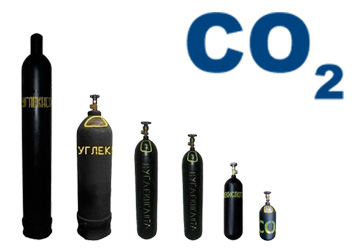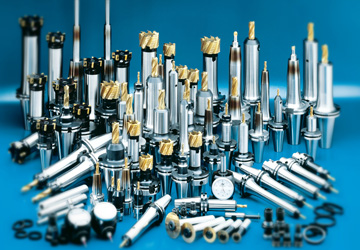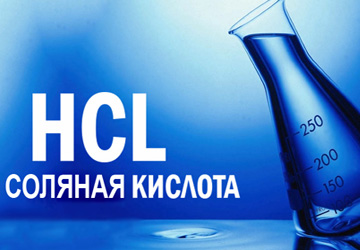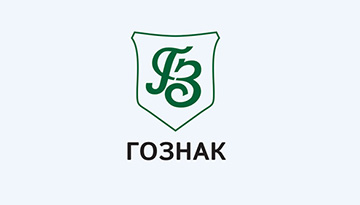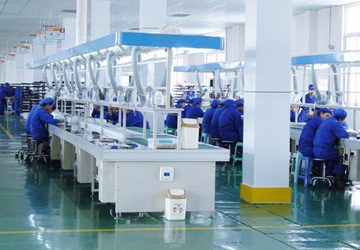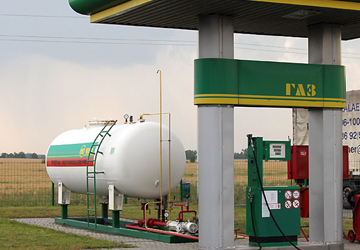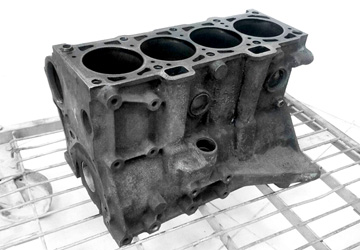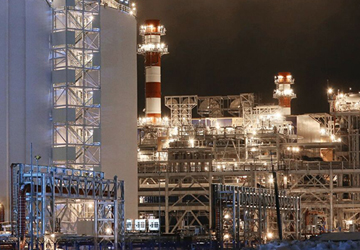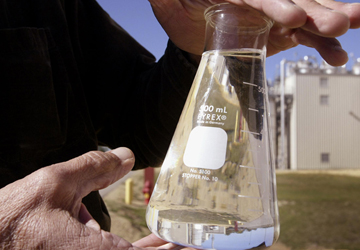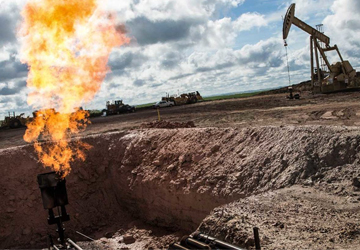Geography of the study
Procedure for the performance of work:
The work includes two stages:
1. Studying the potential of the LNG market as motor fuel in the Russian Federation and the CIS (except for Ukraine).
2. Comparison of the technical and economic indicators of the operation of vehicles using LNG and traditional types of fuel.
The purpose of the work
The aim of the work is to evaluate the effectiveness and prospects for using LNG (liquefied natural gas) as an ACR for various types of transport with the subsequent development of schemes for the placement of bunkering/refueling objects and preparing recommendations for launching projects of little and medium -tonnage production of LNG.
Requirements for the work performed
Stage 1. Studying the potential of the LNG market as motor fuel in the Russian Federation and the CIS (except for Ukraine).
As an ATM by the owners of locomotive and automotive equipment due to the possible translation of equipment on LNG by modernizing or purchasing a new park. The analysis should include:
1.1. The selection of potential consumers and / or groups of LNG consumers (by territorial basis) according to the criterion of the total amount of potential volume of LNG consumption by type of technology:
- 50 largest operators of commercial freight vehicles;
- 50 largest operators of municipal vehicles of cities with a population of more than 300 thousand people;
- 50 largest owners / groups of owners (on a territorial basis) of career parking parks;
- 40 largest operators of the main / shunting diesel locomotives.
1.2. The profile of the functioning of the technique of selected potential groups of LNG consumers, including:
- regions (or other selected separate territorial units);
- the main routes of the movement of technology;
- location of refueling fuel;
- operating modes of technology (technology loading schedule) and its operational characteristics, depending on the type and characteristics of commodity and transport work;
- Fuel consumption volumes.
1.3. A certificate of the availability of own parking lots of automotive equipment and locomotives for owners of private access roads and territories of enterprises (without entering a public network).
1.4. Analysis of the needs for updating the parks of Russian Railways and automotive equipment for each of the groups of potential consumers in the Russian Federation and the CIS (except for Ukraine); Analysis of their volumes of transportation, the availability of locomotive parks, plans for the purchase of equipment in the regions of the Russian Federation and the CIS.
1.5. Analysis of stimulating programs and measures of state, regional and municipal support for the transfer of transport at LNG in the regions of the location of potential customer parks.
2. Generalization of information based on the survey of potential consumers specified in clause 1.1. According to current projects and plans for the transfer of equipment to LNG or substitution to technology using LNG as GMT, selected potential consumers of LNG (calendar implementation plans, work volumes and financing, LNG consumption volumes, further prospects).
3. The ranking of current, planned and promising projects for the transfer / replacement of road and railway transport in terms of LNG consumption and the terms of implementation of projects by regions (or other selected separate territorial units) selected potential consumers of LNG.
Stage 2. Comparison of the technical and economic indicators of the operation of vehicles using LNG and traditional types of fuel.
1. Analysis of the current state and prospects for the production of equipment at LNG:
1.1. In terms of the development and production of gas turbines for LNG (in the context of manufacturers and series of diesel locomotives: planned technical and economic characteristics, volumes in sections, terms of development of CDs, prototypes and certification).
1.2. In terms of the development and production of automotive equipment at LNG, domestic and foreign manufacturers are "Russian machines", "KamAZ", "MAZ", "BelAZ", Caterpillar with priority for Russian manufacturers (current volumes and development plans, current and promising projects The production of equipment at LNG, technical and economic characteristics of equipment, volumes and terms for the development of design documentation, prototypes and certification).
2. A comparative analysis of the technical and operational characteristics of the existing main and shunting diesel locomotives and gas turbines with traditional fuel and LNG (production of Sinara -Development OJSC, Uralvagonzavod NPK, Zheldorremash OJSC, Transmashholding CJSC, General Electric).
3. A comparative analysis of the technical and operational characteristics of the existing Russian and foreign automobile equipment (including commercial freight vehicles, municipal vehicles, career equipment) on traditional fuel and LNG.
4. The financial and economic model of the transfer of road equipment (including commercial freight vehicles, municipal vehicles, career equipment) and main and shunting diesel locomotives for LNG according to two options:
in combination with traditional fuel);
in combination with traditional fuel).
- data collection and comparison of economic indicators and the cost of the life cycle (LCC - Life Cycle Costs) technology on LNG and their analogues on diesel and other fuel;
- an assessment of the economic efficiency of the translation / substitution of automotive equipment and locomotives on LNG, taking into account the cost of production, systems of equipment of automobile and railway equipment, the necessary duties of the depot, repair and warehouses, operational costs of maintaining, repairing and storing fuel, the cost of purchasing LNG compared With traditional fuel in the region.
4. Determination of the maximum price of LNG by region as fuel to achieve the payback of projects of translation/substitution of equipment.
5. Preparation of recommendations on the economic feasibility of implementing LNG production projects for selected potential consumers / groups of consumers by regions (or other selected separate territorial unit).








